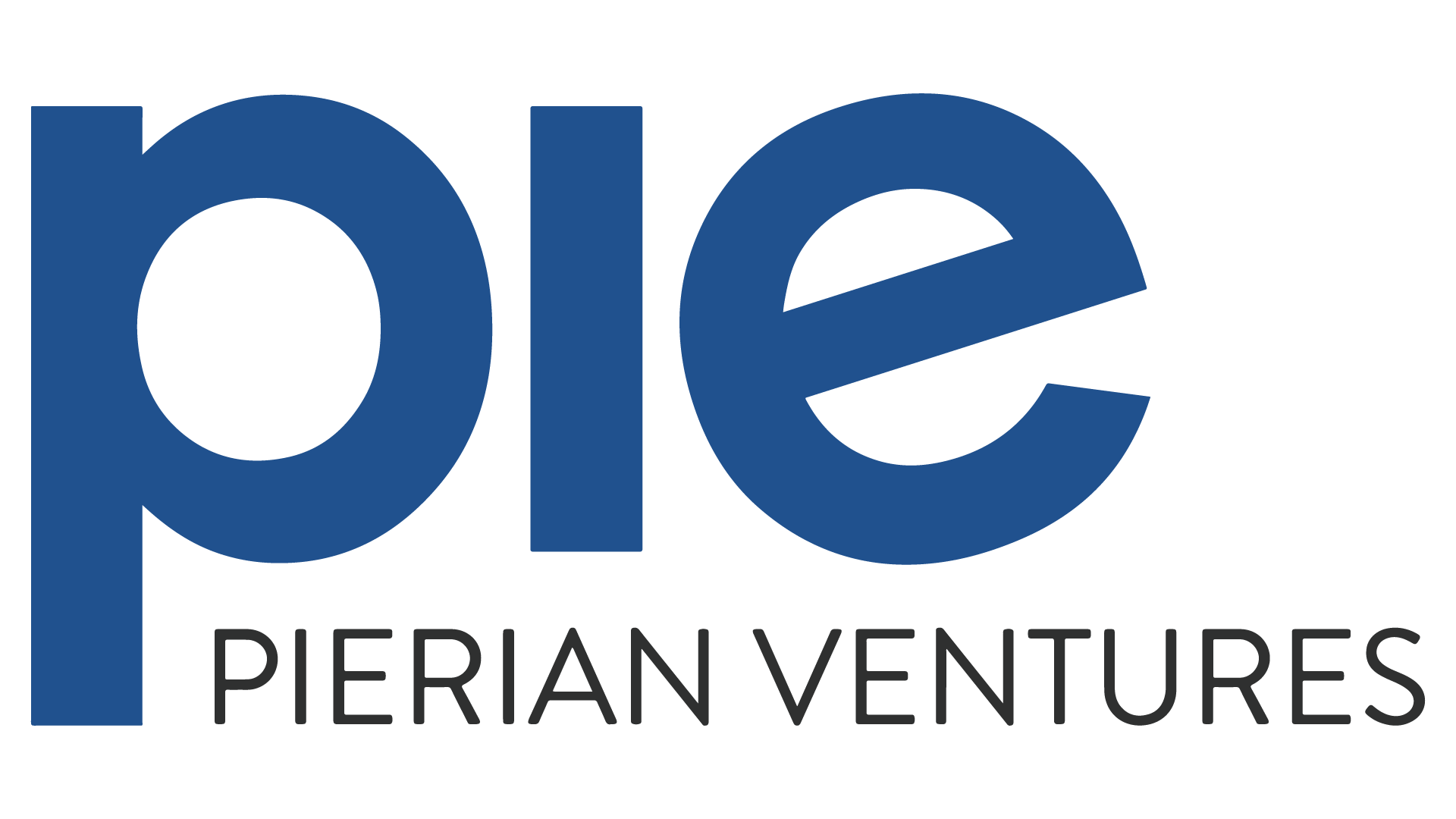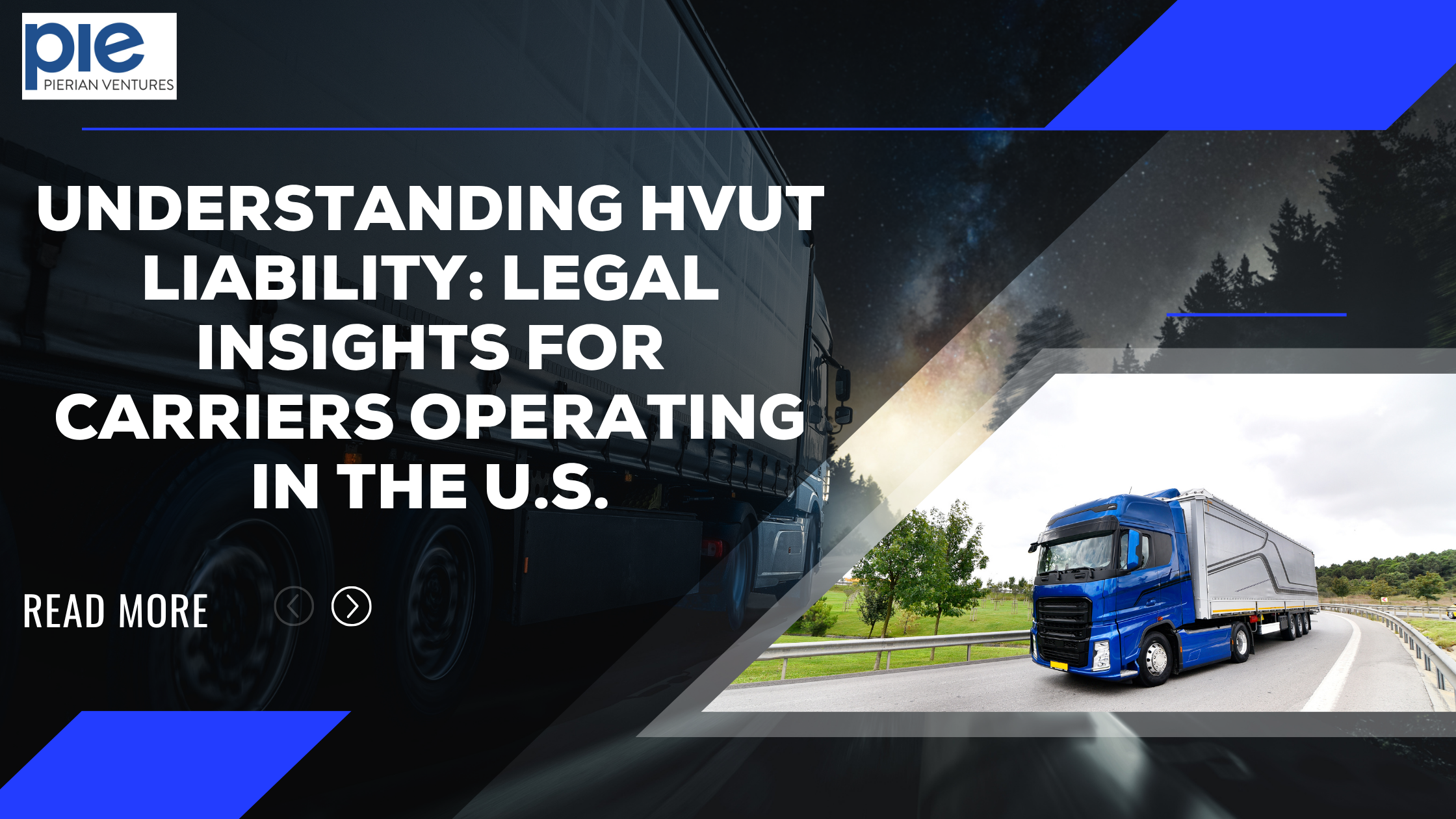Heavy Vehicle Use Tax (HVUT) compliance is not a mere clerical obligation—it is a regulated requirement that sits at the intersection of finance, legal risk, and operational continuity. For carriers operating high-weight vehicles across state lines, HVUT enforcement is tied directly to registration, audit clearance, and eligibility to operate.
This article outlines critical legal exposures, common structural oversights, and how forward-leaning platforms like Pie-Ventures help enterprise-level operators approach HVUT obligations with precision and accountability.
Legal Positioning of HVUT Within Carrier Compliance
HVUT enforcement mechanisms are embedded within federal tax law but often enforced through state-level registration dependencies. This duality places carriers in a position where a single lapse in documentation or payment can obstruct access to operational certifications such as registration renewals or title transfers.
HVUT non-compliance can trigger cascading legal consequences—such as:
- Fines for late or incorrect filings
- Denial of registration or renewal
- Increased scrutiny during roadside inspections or audits
- Exposure during DOT or IFTA compliance reviews
Legal exposure is particularly high for companies operating in multi-jurisdictional or cross-entity structures, where the party filing the return may not be the entity using or registering the equipment.
Breakpoints in HVUT Oversight and Responsibility
Carriers operating across internal subsidiaries, leasing arrangements, or owner-operator networks face nuanced liability challenges. The IRS maintains that the party registering the vehicle bears the filing burden, which may not always align with the party responsible for day-to-day operations.
Failure points often arise from:
- Discrepancies in vehicle registration ownership
- Miscommunication between leasing agents and operational heads
- Lapses in change tracking for weight classification or in-service dates
- Missing or inaccurate Employer Identification Numbers (EINs)
These issues are not uncommon in decentralized fleets or rapidly scaling logistics operations. Without a unified compliance infrastructure, these technicalities can delay registration, flag internal audits, or trigger downstream contract breaches.
Operational Exposure from Filing Gaps
From an operational standpoint, HVUT mismanagement is one of the few tax liabilities that can immediately halt asset use. If a stamped Schedule 1 is not available, the vehicle cannot be legally registered—and without registration, it cannot move.
This creates systemic risk that affects:
- Load scheduling and dispatch
- State and federal inspection compliance
- Insurance coverage contingencies
- Freight contract obligations (especially for regulated commodities)
For carriers with thin margins or multi-region routing, the risk of grounding even a portion of the fleet translates directly to lost revenue and reputational damage.
Audit Risks Associated with HVUT Filings
HVUT-related documentation is increasingly cross-referenced against other federal filings and operational data points, including:
- Federal fuel tax records
- Interstate trip logs
- ELD (Electronic Logging Device) mileage records
- VIN-level vehicle tracking databases
Audit exposure increases where documentation is fragmented or where inconsistencies appear across filings. Enterprises without automated, time-stamped document management systems are particularly vulnerable, as IRS or DOT auditors may require immediate evidence of compliance at the vehicle level.
Structural Challenges in Multi-Entity Operations
Carriers with layered legal structures—franchise models, leasing pools, or asset-light brokerage models—must account for where, how, and under whose name a vehicle is registered. This becomes more complex when:
- Vehicles rotate across jurisdictions during the tax year
- Vehicles are transferred between internal entities
- Leased vehicles are assigned without updated registration records
- Third-party owner-operators operate under a carrier’s authority
In such cases, the filing structure must mirror the operational and legal structure, or the carrier may inadvertently assume liability or face non-recognition of the return.
Strategic Risk Reduction Through Infrastructure
The shift from reactive filing to proactive HVUT compliance depends not just on knowing the rules—but on having the infrastructure to support accuracy and audit resilience at scale.
Best-practice approaches include:
Centralized Compliance Controls
Implement a unified system that consolidates VINs, vehicle weight categories, and in-service dates, seamlessly integrated with tax filing processes and registration workflows.
Entity-Aware Filing Management
Ensure your tax system reflects complex entity structures with flexible rules for responsibility assignment, pro-rata tracking, and Schedule 1 routing.
Event-Driven Filing Logic
Configure automated triggers based on vehicle status changes, lease commencements, or weight class upgrades—ensuring that tax filings are not manually dependent.
Audit-Ready Documentation Standards
Store stamped Schedule 1 forms in immutable digital records, indexed by VIN and filing year, with metadata for audit support and state DMV submission.
How Pie-Ventures Enables Advanced HVUT Governance
Pie-Ventures meet the compliance demands of modern transportation infrastructure—particularly in environments where fleet, finance, and legal teams must operate in alignment.
Within the HVUT context, Pie-Ventures offers:
Real-Time Vehicle Data Integration
VIN, registration status, gross weight, and usage timestamps are imported into a single compliance engine, supporting precise tax determination.
Smart Filing Orchestration
Automated workflows handle recurring filings, pro-rata adjustments, and multi-entity routing—eliminating risk from manual dependency or missed deadlines.
Secure Schedule 1 Management
Digitally verifiable storage of IRS Schedule 1 documents ensures state DMV access, audit defense, and cross-team visibility with granular access control.
Compliance Intelligence Dashboards
Executives and compliance officers can view risk exposures, filing status, entity rollups, and regulatory deadlines in real time.
In short, Pie-Ventures bridges the operational, legal, and digital layers of HVUT compliance—allowing enterprises to file not just correctly, but strategically.
Conclusion: HVUT as a Measurable Compliance Advantage
Heavy Vehicle Use Tax liability is not an isolated task—it is embedded in the regulatory and financial DNA of carrier operations. Misalignment in this area introduces exposure far beyond fines: it invites delays, audits, and reputational cost.
For enterprises managing fleets at scale or across jurisdictional complexity, the key is no longer just compliance—it is compliance resilience: the ability to manage, monitor, and prove conformity with full legal defensibility.
Platforms like Pie-Ventures deliver the systemized approach required to treat HVUT liability not as a year-end burden, but as a continuous, automated, and auditable discipline—built into the way carriers operate, not bolted on after the fact.













